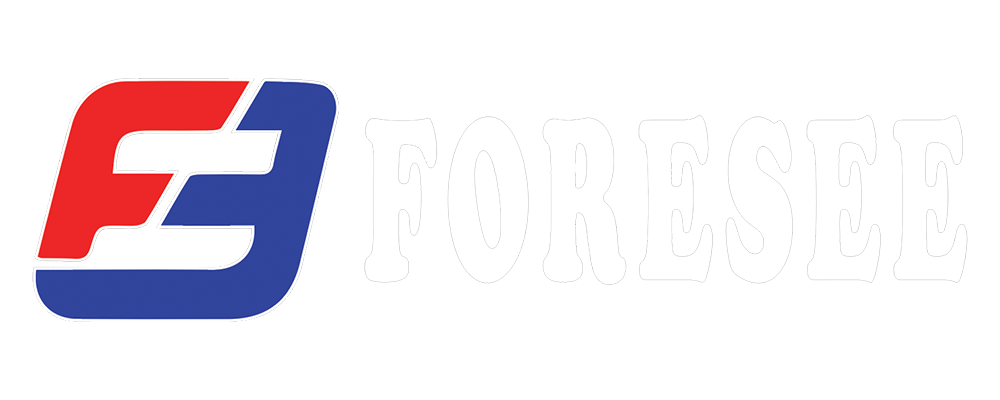ER70S-6 and ER70S-2 are both solid welding wires used in Gas Metal Arc Welding (GMAW or MIG) and Tungsten Inert Gas (TIG) welding processes. They have similarities in terms of the base material (carbon steel) and tensile strength, but they differ in chemical composition, performance, and applications.
1. ER70S-6:
- Composition: Higher levels of silicon (Si) and manganese (Mn) compared to ER70S-2.
-
Performance:
- Excellent for welding over mill scale or slightly rusty/dirty surfaces, as the higher silicon content helps with cleaning and deoxidizing the weld.
- Produces a smooth weld bead with minimal spatter.
-
Applications:
- Commonly used in general fabrication, automotive, structural welding, and situations where base material preparation is limited (e.g., dirty or rusty steel).
- Shielding Gas: Typically used with 100% CO2 or a 75% Argon / 25% CO2 mix for GMAW.
- Tensile Strength: Minimum of 70,000 psi.
2. ER70S-2:
- Composition: Contains titanium (Ti), zirconium (Zr), and aluminum (Al), which act as deoxidizers along with silicon and manganese.
-
Performance:
- Better suited for welding on clean, prepared steel due to the deoxidizers that help create a cleaner weld.
- Ideal for root pass welding and multiple pass welding, as it offers more control over the weld pool.
-
Applications:
- Commonly used in precision welding applications, such as pipe welding, welding thin materials, and situations requiring a cleaner weld, like pressure vessels or aerospace.
- Shielding Gas: Works best with an inert gas like 100% Argon, especially in TIG welding.
- Tensile Strength: Minimum of 70,000 psi.
Key Differences:
- Silicon Content: ER70S-6 has higher silicon content, making it better for welding on surfaces with mill scale or contaminants.
- Deoxidizers: ER70S-2 has additional deoxidizers (titanium, zirconium, aluminum), making it ideal for clean, precise welding.
- Application: ER70S-6 is often used in general fabrication where surface prep isn’t perfect, while ER70S-2 is preferred for critical applications with cleaner surfaces.
In summary, ER70S-6 is better for general purposes and rougher surfaces, while ER70S-2 is preferred for cleaner, more controlled welding environments.

Recent post